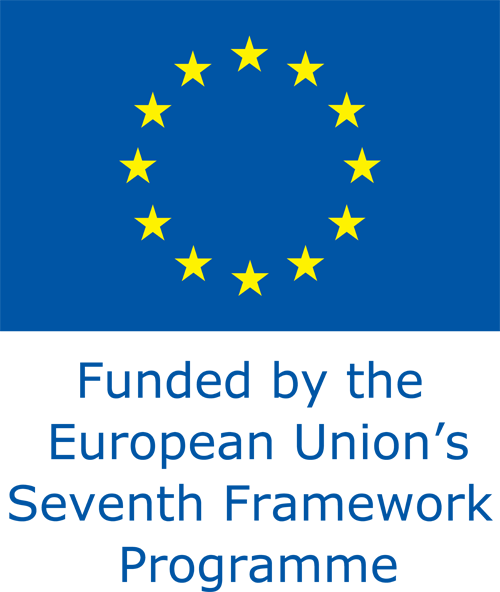Knowledge base on oxygen depletion: Data sharing, standardization and interoperability according to GEOSS
WP 5
Description:
The data retrieval and access system will be based on distributed data and metadata inventories located at the cooperating data centers. The standards to be used are conformant with the principles and concepts of Spatial Data Infrastructures (SDI) (e.g. ISO19115, SensorML, OGC-CSW, OAI-PMH) thus not only guaranteeing the sustainability of workflows and implementations but also a high level of data consistency and quality. Generally, the resulting standardization and interoperability can be used to network also with other data infrastructures, in particular with the European Multidisciplinary Seafloor Observatory initiative (EMSO). The implementation of the data infrastructure will be carried out with regard to the EU directive INSPIRE and the recently formed plan of the Group on Earth Observations (GEO) for a Global Earth Observations System of Systems (GEOSS). The HYPOX data portal will participate in the GEOSS Clearinghouse by supporting corresponding workflows and protocols.
HYPOX will get engaged in the activities of the GEO STC committee. Regular visits of STC meetings will allow to catch up with the current issues of discussions. The contribution from HYPOX will encompass providing information to the STC about implementation steps of GEOSS principles within HYPOX. This information could be used as (1) a template for comparable initiatives, (2) feedback on hands-on experience to identify potential gaps in the GEOSS implementation framework in regard to ocean observation programs and (3) a basis for collaboration with the GEO task leaders on yearly activity reports.
Objectives:
- Enable a regular and reliable flow of data from related observatories and other data providers: define procedures and select the most useful data formats and protocols to assure proper handling of all data acquired in HYPOX
- Provide comprehensive descriptions of the data going back to the individual sensor, data quality descriptors, and instrument standards on calibration and methodology (link to WP1, and WP6/7). Add all that information as metadata to the individual sensor data stream .
- Enable a regular and reliable flow of data from related observatories and other data providers.
- Ensure long-term preservation, usability, general availability, and publication of HYPOX data sets (primary data and derived products).
- Ensure that HYPOX data management and corresponding infrastructures are compliant with ISO/OGC standards and with the principles of GEOSS to facilitate access by potential users.
- Exploiting and testing the potential of HYPOX in generating and maintaining new data products in response to scientific needs, in particular for model verification.
- Foster the availability of relevant legacy data from former observation periods.
- Monitor the performance of the overall data management system against the defined requirements and intended benefits (for providers and users)
|

